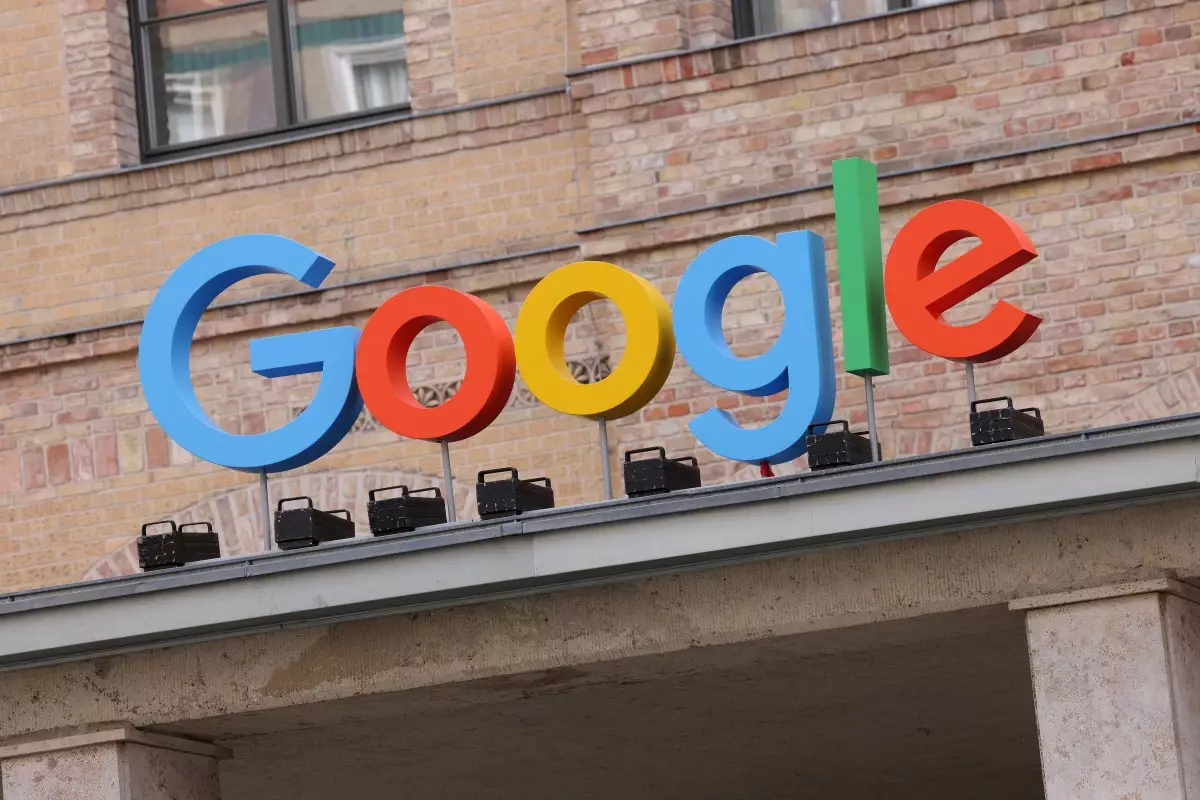In an era where digital experiences increasingly substitute in-person interactions, Google’s unveiling of a virtual clothing try-on feature marks a transformative milestone. This tool goes beyond superficial digital catalogs by personalizing the shopping experience in a way that feels borderless—from the comfort of one’s home. Instead of viewing static images of clothes on generic models, users can now create a digital mirror of themselves, enabling a more immersive and accurate preview of apparel. This is a significant step forward—not just for e-commerce, but for consumer confidence in online shopping.
The sophistication of Google’s new feature lies in its ability to transform an ordinary photo into a virtual dressing room. Users upload a full-length image and, in real time, see how an item might fit and look on their own body. This move is strategic, addressing one common barrier: uncertainty and skepticism about fit and style. Unlike previous virtual try-on initiatives that displayed clothes on diverse, often generic models, this feature empowers users with a customized experience based on their own unique silhouette. It’s a bold step toward dismantling online shopping’s long-standing challenge: the disconnect between expectation and reality.
Yet, while the technology is impressive, it also raises questions about the nuances that might get lost. Human bodies are complex, with unique proportions, skin tones, and postures. Relying on a single photo to faithfully represent a person’s entire physique remains a challenge, and the risk of misrepresentation, whether through inaccuracies in sizing or visual artifacts, cannot be ignored. For all its innovation, this feature can still fall short in providing the nuanced, tactile evaluation that in-store try-ons facilitate.
Enhanced Shopping Tools and the Power of AI
Google’s expansion into tools like updated price alerts signals a shift toward smarter, less time-consuming shopping. Setting custom price thresholds—complete with preferences for size and color—transforms passive browsing into a proactive, goal-oriented hunt. Rather than repeatedly checking or ignoring potential deals, consumers will have automated notifications tailored to their specific budget and style preferences. This evolution aligns with broader trends: personalization and automation delivering convenience, and ultimately, saving time and money.
However, the effectiveness of this approach hinges on the accuracy and real-time updating of Google’s Shopping Graph. If price fluctuations or inventory changes are not reflected swiftly, users may face frustration or mistrust. Additionally, while alert customization sounds ideal, it might lead to skewed expectations—shoppers may become overly reliant on deals that rarely materialize at their preferred price points, fostering a cycle of anticipation and disappointment.
On the horizon, Google teases a feature designed to ignite inspiration—combining generative AI with extensive product data to generate outfit ideas or room designs. This development hints at a future where virtual creativity intersects seamlessly with commerce, ushering in a new dimension for consumers seeking style or home decor ideas. By tapping into a vast database of over 50 billion products, Google aims to serve as a personalized stylist and interior designer, providing aesthetic options that are both plausible and aspirational.
The visual matching technology, which can generate tailored styles or room layouts, promises a more engaging, dynamic shopping and design process. Such innovations could democratize design expertise—making professional styling advice accessible to everyone through AI. Yet, the reliance on algorithmic suggestions risks homogenizing tastes or fostering dependency on technology rather than fostering genuine personal expression.
Implications and Challenges: Bridging the Gap Between Innovation and Authenticity
Google’s latest AI-driven features empower consumers but also spotlight the critical need for authenticity and transparency. As virtual try-on and generative design tools become mainstream, questions about data privacy, AI bias, and the authenticity of generated visuals become increasingly pressing. If these tools influence purchasing behavior, safeguarding users’ trust becomes paramount.
Furthermore, the leap toward hyper-personalized digital experiences raises concerns about market polarization. Will these innovations primarily benefit those with higher digital literacy or access to cutting-edge devices? Or will they widen the digital divide by favoring tech-savvy demographics? It’s essential for Google—and similar tech giants—to recognize that technological innovation must be inclusive and equitable to truly revolutionize retail and design.
In addition, despite the evident advantages, reliance on AI could distort perceptions of body image and personal style. While customization offers empowerment, it also risks fostering dependency on virtual previews that may not entirely reflect real-world outcomes. Striking a balance between virtual enhancement and authentic self-expression remains a challenge that technology alone cannot solve.
Ultimately, Google’s foray into virtual try-on, price alerts, and AI-generated inspiration indicates a decisive pivot toward an integrated digital shopping universe. These innovations not only streamline the consumer journey but also challenge traditional notions of retail, personalization, and creativity. The real test will be in how well the technology adapts to real-world complexities, user trust, and the ongoing quest for authentic expression through digital means.

